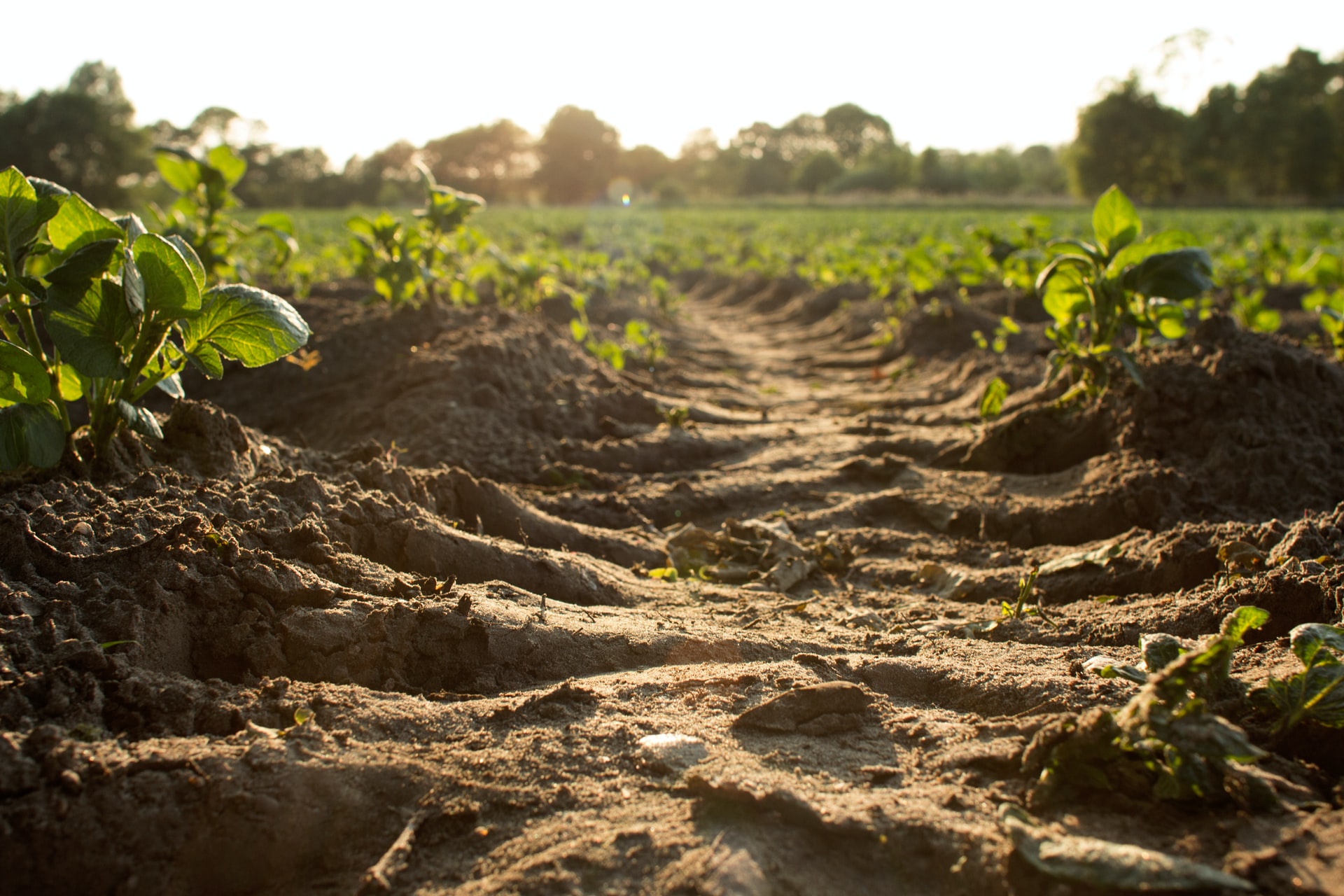Even though the soil is one of the most easily-accessible renewable resources on our planet, we as humans don’t always leave a positive footprint on it. A drastic increase in population, construction, mining, and other industrial activities make our fertile soils less and less usable.
Since there’s already plenty of non-arable, infertile soils on Earth, it’s vital to ensure our arable soils have enough nutrients to support plant life. That’s when soil reclamation comes in.
Let’s take a look at what soil reclamation is, why it’s so important, and what are the most common soil reclamation methods out there. Read on if you’re ready to take action and make our planet a better place to live.
What Is Soil Reclamation?
Soil reclamation usually goes alongside land reclamation, which is the process of improving lands to make them suitable for more intensive use, according to Britannica. It may include reclaiming the soils lost fertility, lack of minerals, nutrients, or moisture.
Here’s what might cause soil degradation:
- agricultural, industrial, and commercial pollution
- loss of arable land due to urban expansion, overgrazing, and unsustainable agricultural practices
- long-term climatic changes
- altered pH levels
- lack of nutrients and organic matter
Nutrient balance is crucial for soil fertility, and it mainly starts with a sufficient amount of calcium, magnesium, and other soil minerals. That’s why it’s critical to restore soil’s fertility and minerals to be able to yield on that land and use it for various agricultural purposes.
Why Is It Important?
If you’re still wondering why we decided to dedicate this whole post to soil reclamation and why it’s so important, here’s what Pol Bishop, Gardening & Landscaping Expert at Fantastic Gardeners, has to say:
“Soil reclamation is essential for human economic activity, as it gives stability to agriculture. It promotes healthful conditions and improves the environment by creating water, air, temperature, and nutrient conditions in the bottom layer of the atmosphere that are useful to flora and fauna.
Thanks to soil reclamation, desert, and swampy lands are transformed into use. For example, extremely wet and swampy lands reclamation is accomplished by soil aeration to improve drainage and remove excess water. Where the water is insufficient, the management of water resources is improved river-flow regulations. That consists of reservoir building or by changing the flow within a basin. These water-problem measures are called hydromechanical land soil reclamation.”
Top 8 Soil Reclamation Methods
Different soil types include arid lands, swamplands, mining area soils, wetlands, and salt-affected soils. Based on the soil quality and the end goal, here’re a few most commonly used methods of soil reclamation:
Air Sparging
This technique requires injecting pressurized air into the contaminated groundwater. This makes hydrocarbons change their state from dissolved to vapor. The vacuum extraction process then removes contaminants from the air.
Composting
Composting soil reclamation methods rely on aerobic organisms, which transform organic compounds into simple compounds. This way, contaminated soil is thinly layered over a large area until some organic contaminants degrade biologically.
Soil Washing
Soil washing, aka hydraulic method, is mostly applied when you need to remove inorganic contamination, such as radionuclides, heavy metals, or toxins. In some cases, it can be used to get rid of organic contaminants too.
Biofiltration
The biofiltration method relies on the biological activity of microorganisms. Firstly, the contaminated soil is mixed with water and moved into the reaction chamber. A group of microorganisms then removes the contaminants from the soil.
Phytoremediation
In this method, higher plants help degrade and remove various organic and inorganic contaminants from the soil. Phytoremediation also includes such techniques as phytostabilization and phytoextraction/photodegradation.
Electroremediation
This method is used to help get rid of heavy metals and polar compounds. It occurs thanks to electrodes inserted into the ground on opposite sides of the contaminated land. Contaminants move through the soil under the influence of an electromagnetic field, and then they’re removed.
Bioremediation
Like biofiltration, bioremediation is also based on microorganisms’ activity. This method is mostly used to reclaim soils contaminated by organic compounds.
Surface Insulation
Unlike other soil reclamation techniques, this is a physical method that includes covering the polluted soil. It prevents the migration of toxic elements to the environment as a result of rain or wind erosion.
Bottom Line
While we’re working on technological innovations and “rebuilding” our planet, it’s still vital to take care of our lands and ensure they’re fertile and suitable for farming activities. Thanks to the different soil reclamation methods, our human generation can sustain the soil’s quality and its ability to grow plants.
If you want to take better care of your soil, feel free to check our range of high-quality soil screeners that will help you take your agricultural efforts to the next level.





Leave a Reply